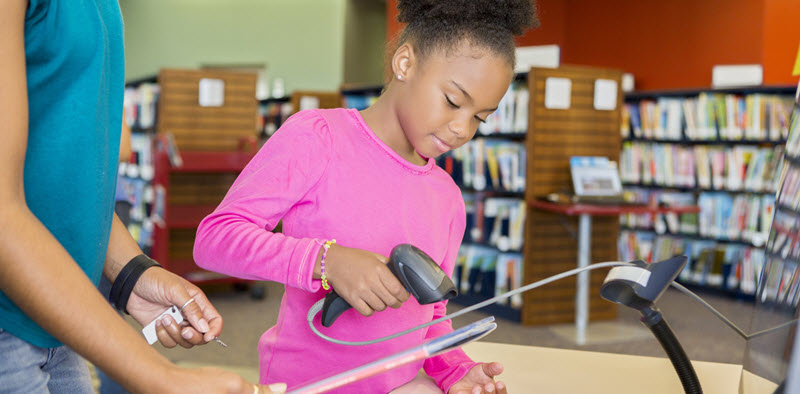| By Gale Staff |
September is National Library Card Sign-Up Month! This is an exciting holiday for public libraries around the country. September is a chance to reach out to new members and take time to appreciate the full value your library brings to the community.
In the late 1980s, William Bennett, who served as the Secretary of Education under Ronald Reagan, shared an idea for a campaign to increase library card enrollment. He set a goal that every American child should sign-up for a library card—and the American Library Associate (ALA) rose to the challenge. By partnering with the Reader’s Digest Foundation, the ALA coordinated outreach across hundreds of magazines and radio stations. Librarians across the country took up the charge, and the wave of momentum led to the official establishment of National Library Card Sign-Up Month.
We know how busy the summer season can be for the library. To help public librarians get the jump on their September National Library Card Sign-Up Month planning, we’ve compiled some ideas for you to consider.
Inventory Your Library Card Perks
Besides the obvious access to read books for free, there are several important reasons to sign up for a library card. Public librarians might consider making a list of the lesser-known benefits that the local library card provides. Share that information via posters, a bookmark, or simply on social media throughout September. Here’s a list of common library card perks about which your patrons might not be aware:
- Physical materials: Besides actual copies of books, libraries house all kinds of different materials for patrons to check out. Borrow magazines, newspapers, games, and movies. Consider highlighting some of your most popular items.
- eBooks: Most libraries offer e-books for patrons to rent remotely and read on their personal devices. This resource is especially enticing for families planning a vacation. There’s no need to worry about damaging or losing a physical copy of a title while traveling. You won’t need to worry about returning it either—once the loan is up, the e-book is simply no longer available on the device.
- Research databases: Make a list of the research databases to which your library subscribes. Patrons attending school, running a business, or simply seeking lifelong learning opportunities might not be aware of the countless free informational resources they have access to with a library card number.
- Technical assets: Make sure you share the technical resources available for patrons to use. Some libraries have actual laptops and other devices available to rent. Most libraries have a printer and fax machine. Plus, library patrons can often access free software and, of course, the library’s Wi-Fi.
- Guidance: Some libraries have resources to register people to vote, facilitate tax assistance, renew a passport, practice their English, notarize a document, or complete the FAFSA form. Make a list of these important tools to share with social services and other community agencies in your area.
Speak Directly to Your Patrons
Whenever you have a chance to spread the word about National Library Card Sign-Up Month, take advantage of it. You and your staff no doubt have built wonderful relationships with many of the families in your community. Let them know that the library is hoping to increase library card sign-ups throughout September and ask them to reach out to others. Share your initiative with local public officials and those with influence in the community.
Your library guests no doubt already love your library, so let them know that increasing library card membership is vital to the library’s long-term success. The number of people who use the library’s resources is the most important metric to demonstrate the community’s need for its library. This data is used to request funding for special events or even to justify the operational budget. Every signature counts!
Reach New Readers
Once you’ve asked your patrons to help spread the word, brainstorm some other populations in your area that the library doesn’t currently serve. Consider how you might better reach those people and, thus, encourage those individuals to sign up for a library card. Perhaps there is an elderly care facility nearby. Senior citizens often suffer from mobility and transportation limitations, so maybe they aren’t visiting the library much. Instead, you could coordinate a visit to the facility and share the many e-book and remote resources your library provides.
Other locations you might visit include social service agencies, nearby schools, youth centers, or coworking spaces. Curate your message for each population. Maybe your library has ESL services. Maybe you have a teen center devoted to YA books and movies. Think outside the box and find ways to connect with people who don’t use the library. If possible, bring an iPad or other mobile device on-site so people can sign up then and there.
Set a Goal
You and your team can set a goal for library card sign-ups throughout September. Creating an attainable goal is a great motivator and will encourage your staff to spread the word. Post your goal on social media and update your signature count throughout the month. If your staff achieves the target, you can host a pizza party or award them with a fun prize. Think of all the people you can introduce to the library and its amazing resources!
To learn more about National Library Card Sign-Up Month, check out the American Library Association’s event page.

